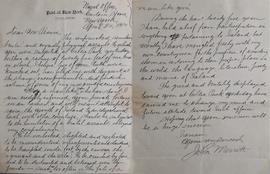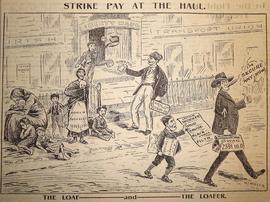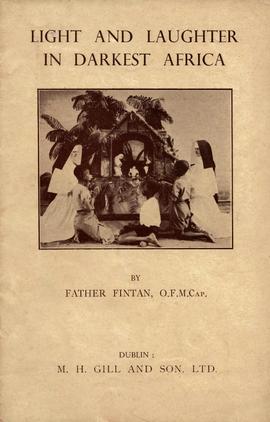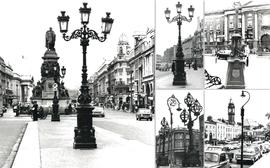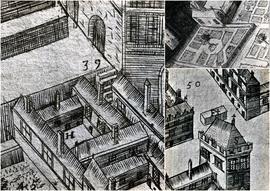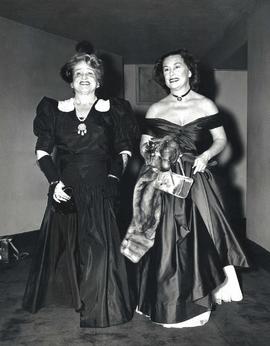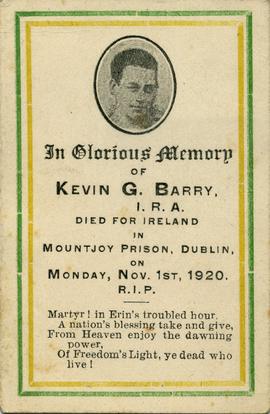Letters to James Pearse from W.J. Ramsey
- IE CA CP/3/5/5/1/13
- File
- Nov. 1884-Apr. 1885
Part of Irish Capuchin Archives
Letters to James Pearse from W.J. Ramsey, Manager, the Progressive Publishing Company, 28 Stonecutter Street, London. The letter of 25 November 1884 encloses a clipping of an advertisement for ‘Socialism a curse / a reply to a Lecture delivered by Edward B. Aveling’ and ‘Is God the First Cause?’ (1883) by ‘Humanitas’ (James Pearse).


